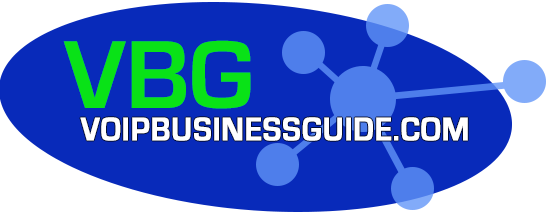Evolution of Email: Best Practices for Embracing Team Collaboration Software
With remote work on the continual rise, organizational reliance on team collaboration software is always growing. Team-based sharing, instant messaging and other forms of communication seemingly eclipse traditional email by the day, necessitating a comprehensive, all-inclusive application to close the miles between remote-work staff.
Traditionally, this software set supports VoIP telephony, video conferencing, cloud workspaces, channel management, real-time messaging and file management to improve communication, drive productivity and promote efficiency.
According to Quantum Workplace, the business’ first and best move in eschewing traditional email in favor of more inclusive remote tools is to embrace new approaches that promote employee and organizational adoption.
Best Practice: Improving Clarity in Communications
Probably the most important aim is to foster an environment of complete communication and transparency. In this respect, team-based software offers several critical features that promote real-time interactions.
The employer and teleworker alike need to be able to communicate with one another on an as-needed basis. Despite a small learning curve in app adoption, users need to be able to express themselves in a face-to-face, direct manner, the same as would be in a physical office space. Official corporate policy should include:
- Clearer expectations
- Objective fulfillment
- Defined boundaries and channels for communicating concerns
- Written correspondence to reinforce verbal communications
- Tech accessibility, including Team meeting, videoconference, project management and document management software
Best Practice: Fostering Open-Mindedness
At the same time, it is advisable to create an official policy for issuing and collecting feedback over the various mediums of collaboration software. This can assist with supporting employee satisfaction, resolving conflict, fostering employer-employee trust and establishing camaraderie. Most importantly, it allows for active dialogue that outlines work-related expectations – on both the employer’s and employee’s part – to drive performance, improve understanding and meet expectations.
For this reason, administrators should set regular, scheduled periods for inviting the suggestions of their remote-work staff.
Best Practice: Establishing Common Availability Periods
With physically dispersed talent, it is incumbent on the organization to promote times of common availability for meetings, collaboration or a quick chat. This consideration is especially important for businesses whose staff are spread out across multiple time zones.
Best Practice: Defining Home and Work-Life Separation
Crucial for remote worker success in a team-based collaboration environment is the establishment of a firm, hard balance between home and work life.
With instances of remote work experiencing significant growth in the pandemic era, remote workers find themselves at a much significantly higher rate of potential burnout. In particular, the National Bureau of Economic Research recently indicated that teleworkers tend to extend their work hours by an average of as much as 48.5 minutes per day.
With this statistic as a backdrop, it should be considered critical to begin and end the day exactly as if one is part of a physical office culture, factoring in considerations such as setting regular work hours, restricting off-time availability, scheduling breaks and working in a dedicated area of the home.
With some transparency regarding employee availability, organizations and their remote workers alike can maximize the use of collaboration software in order to:
- Promote more effective time usage, collaboration and work
- Manage individuals, channels or groups
- Exchange and collaborate on documents, files and other content
- Oversee virtually all aspects of collaboration, communication and task completion
- Promote engagement and satisfaction
- Improve CRM
- Cut costs
- Bolster hiring potential while reducing worker turnover
The post Evolution of Email: Best Practices for Embracing Team Collaboration Software appeared first on Sangoma.







